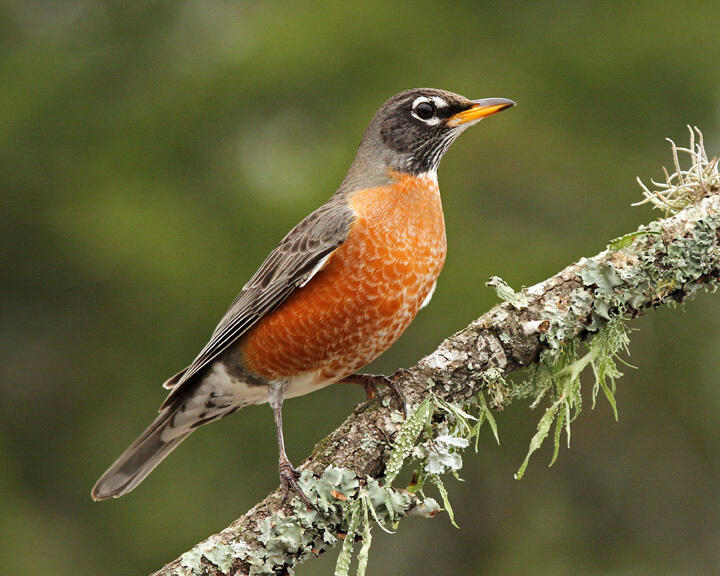Article contributed by Molly Tsongas, Audubon California, and Dan Gardoqui, Founder of Lead with Nature
Enjoy watching birds from home? Did you know that birdwatching is a gateway to a powerful mindfulness practice? It’s called a “bird sit.”
A bird sit is like an outdoor meditation with a focus on birds.
Bird sits provide similar benefits to mindfulness practices, including relaxation and quiet mind. They also cultivate a deeper bond with the birds around us and reveal the birds’ secret languages.
Follow these 5 simple steps:
1) Find a Spot: Choose a spot where you can sit quietly and observe birds for 10-20 minutes. This can be your window, doorstep, backyard, or local park. Convenience is key.
2) Have a Seat: Find a comfortable sitting position. Feel free to bring along whatever you need to be comfortable such as a chair, cushion, blanket, snack, or hot drink. When we sit down, the birds to come closer to us than they would if we were walking.
3) Wake Up Your Senses: Take 5 deep breaths to settle your nervous system. Then, take a moment to activate your senses, focusing on what you are feeling, seeing, hearing, touching, tasting, and smelling. Take a moment to listen for the quietest sound in all directions. Imagine expanding your senses from your body outward, to explore the world around you.
4) Tune in to the Birds: Now, tune into any birds you might hear or see. Don’t worry about identifying them. Instead, lead with curiosity and ask questions like: "What are the birds doing right now? Do they have a nest nearby? What have they eaten today?” Watch their behavior and listen for their vocalizations. Try to notice when the birds seem relaxed, alarmed, aggressive, or joyful. Gently check in with the feelings that arise in your own body while you are sitting.
5) Repeat: The best benefits come from repetition. Each day, look for the same birds you may have seen the day before. Getting to know a few feathered neighbors well is much more important than listing all the birds you’re seeing or hearing. You may begin to discover which birds sing first at sunrise, which birds are mated pairs, where the nearest nest is located, and when the hawks are hunting.
Over time, you’ll discover what the birds are saying to each other and how their behaviors are driven by predation, feeding, mating, and nesting in the landscape. You’ll begin to understand how your behaviors affects nearby birds as well.
What secrets will the birds reveal to you the longer you practice?




